Bananas are a popular food in Malawi. They are marketed in small quantities. Everywhere where people are on the move, the sale is profitable. At the gas station, in front of the bank, at the school or at the street market. A banana costs 100 kwacha, the equivalent of 10 euro cents. For us this sounds little, but for most Malawians the banana is an expensive food. The culprit is the banana bunchy top virus. What sounds harmless destroyed the entire banana crop in Malawi in 2016, forcing many former banana farmers to look for alternative sources of income. Since then, the country has been almost entirely dependent on imports. More than 90 percent of the bananas consumed in Malawi are bought in Tanzania and Mozambique in exchange for valuable foreign currency. This makes the banana expensive.
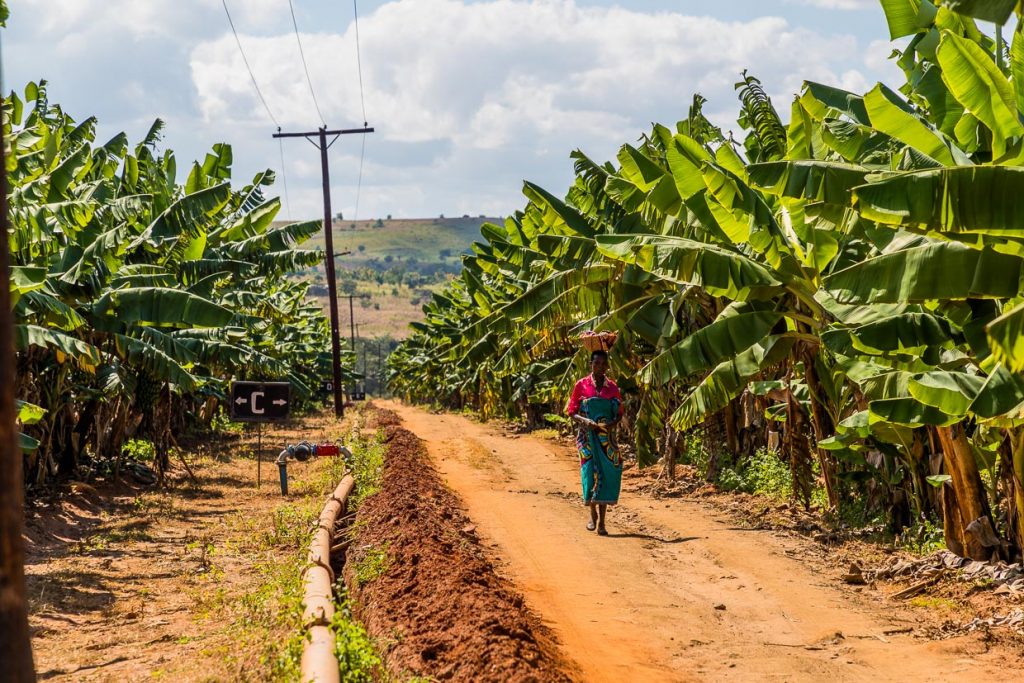
Valuable banana
Reconstruction of banana production has been in full swing since the 2020s. The Food and Agriculture Organization of the United Nations (FAO) and the Malawi government’s Ministry of Agriculture have launched a project to promote the sustainable development of banana as a special agricultural product in Malawi. An entire value chain hangs on the crooked, yellow fruit. The return to meeting domestic demand means at the same time greater food security and a more balanced diet for the population, which often feeds only on the maize porridge nsima. It also creates jobs, reduces imports and opens up sources of income for the people. Banana cultivation also reduces dependence on tobacco exports.
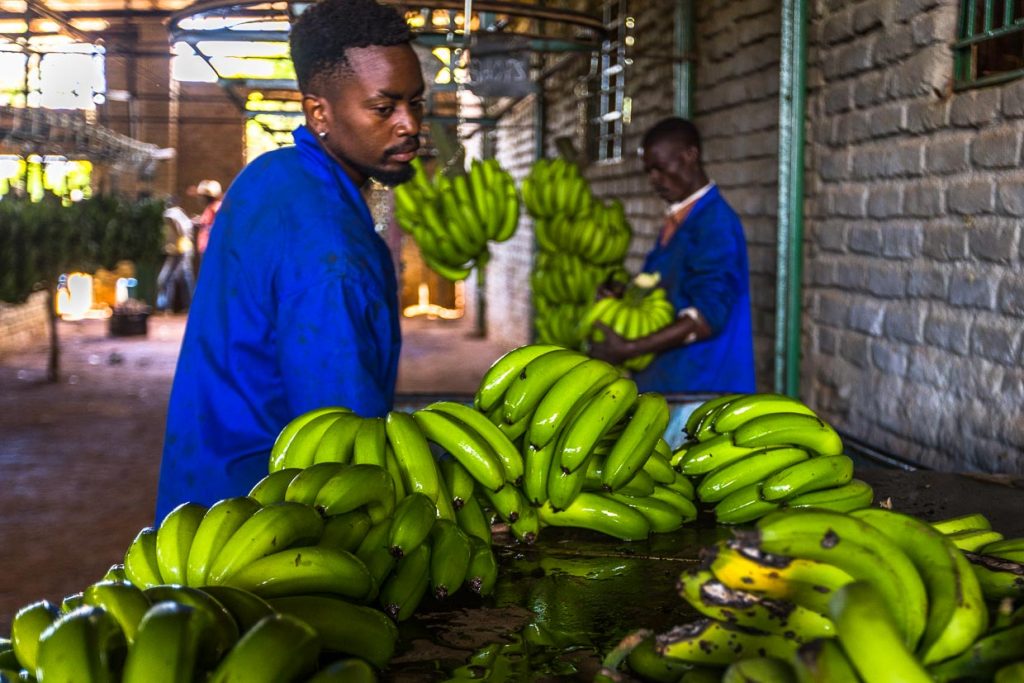
Banana Anatomy
To understand how a virus can destroy not just a crop, but an entire plant stand within a year, it’s time to look at banana anatomy. Let’s start small. The individual banana fruits are called fingers. 8 to 16 fingers each form a hand.
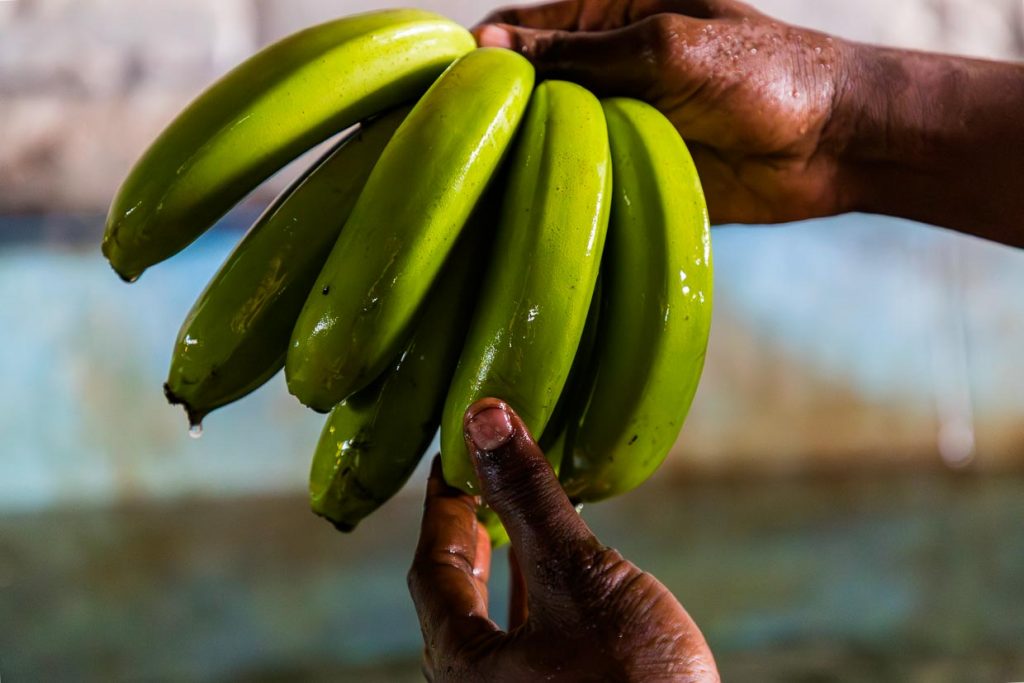
In turn, 10 to 12 hands grow on a bunch. The whole bunch, which can weigh between 30 and 45 kg, is always harvested. Bananas do not grow on trees, but on perennials. The large, very stiff leaves of the banana plant are tightly packed together to form a sturdy pseudostem.
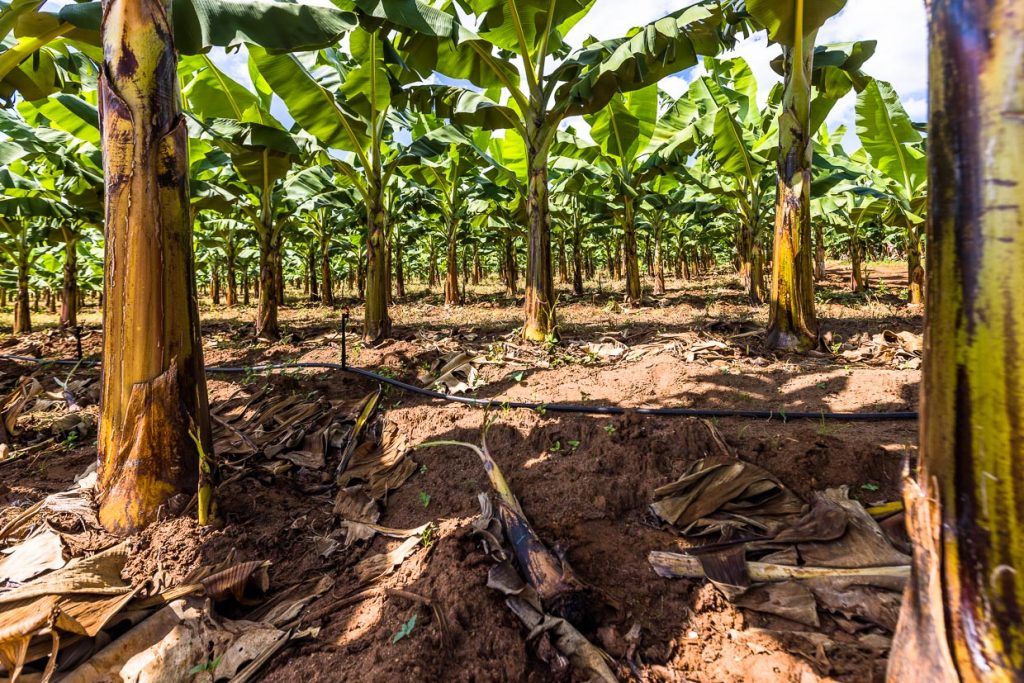
Banana reproduction
Funnily enough, the banana of all plants does not reproduce sexually, but only by division. The manifold erotic allusions of the popular banana penis pictures are not really thought through to the end. The banana reality looks different. A banana plant bears fruit only once in its short life and then dies. The fruits do not contain seeds and no new banana plant can grow from them. Therefore, before the banana plant dies, it forms shoots that develop into large perennials again. This method of reproduction explains why the banana plant is so susceptible to pests and why the Bunchy Top virus was able to destroy the entire stand in 2016. To avoid total failures in the future, sustainable agriculture and the use of virus-free planting material is important.
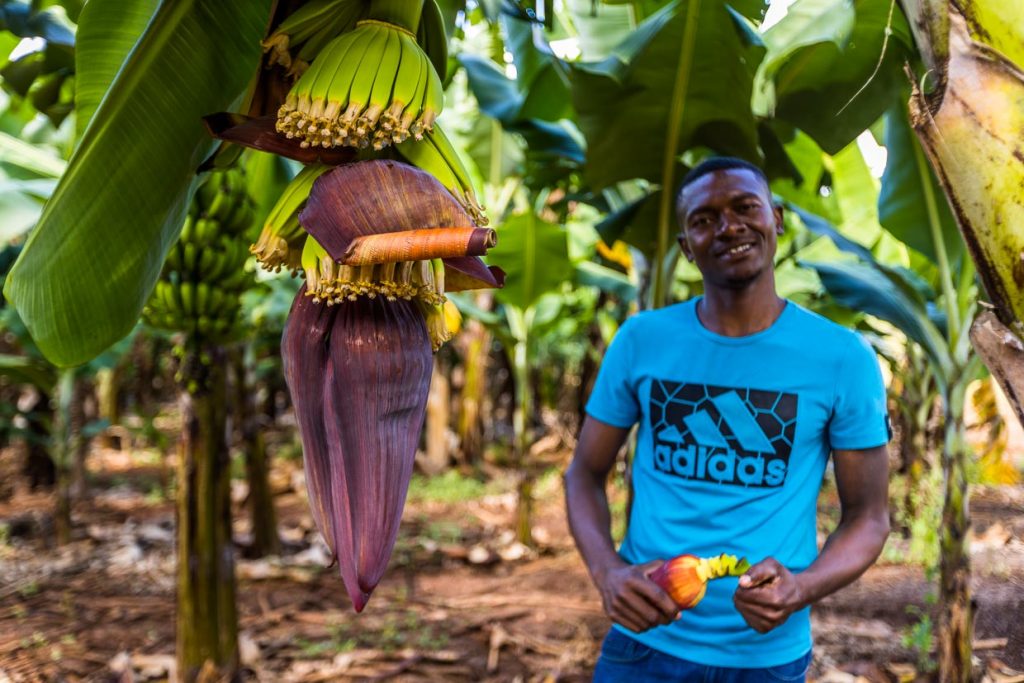
On the banana farm
In 2023, Malawi already has some showcase projects on the way to sustainable banana production that meets demand. On the outskirts of Malawi’s capital Lilongwe lies Nature’s Gift Bananas, a banana farm on Kumbali Estate. It is owned by Guy and Maureen Pickering. Far better known than their latest project, Nature’s Gift Bananas, is their Kumbali Country Lodge. The South African couple got into farming in 1991 with a dairy and gradually built a luxurious African-style lodge, now with 16 thatched suites, on their property. In 2020, the Corona pandemic broke out and the future of the popular Kumbali Country Lodge looked bleak.
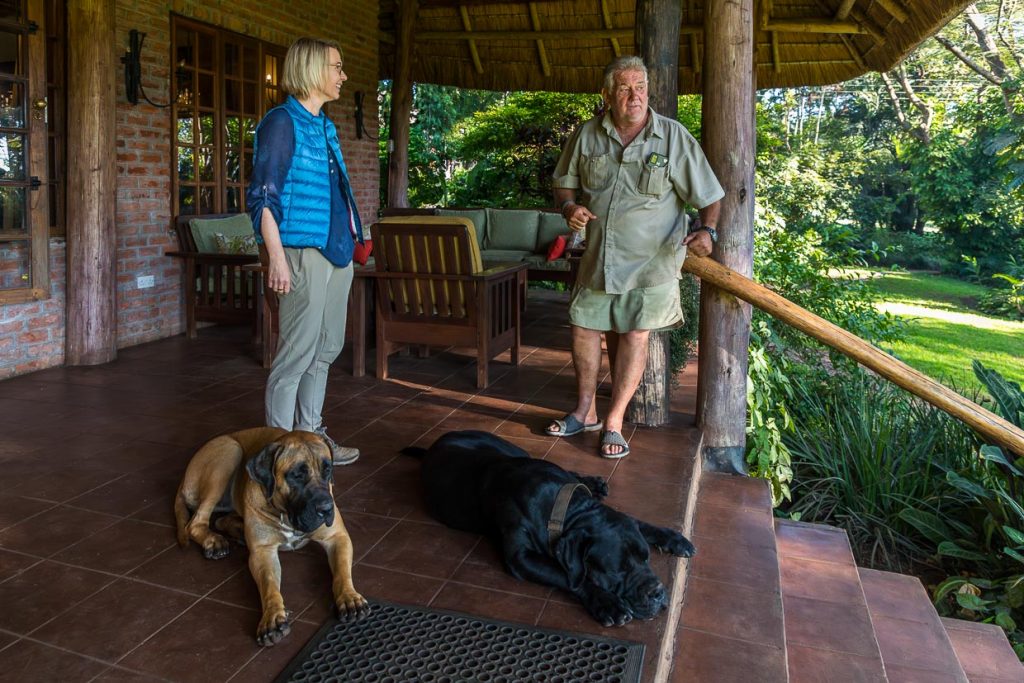
So Guy Pickering decided to get into banana farming. The small project of 18 banana plants quickly grew into a 30-hectare farm with over 60,000 plants. Through banana production, Nature’s Gift Bananas supports local agriculture and economies by selling bananas primarily to local traders and wholesalers.
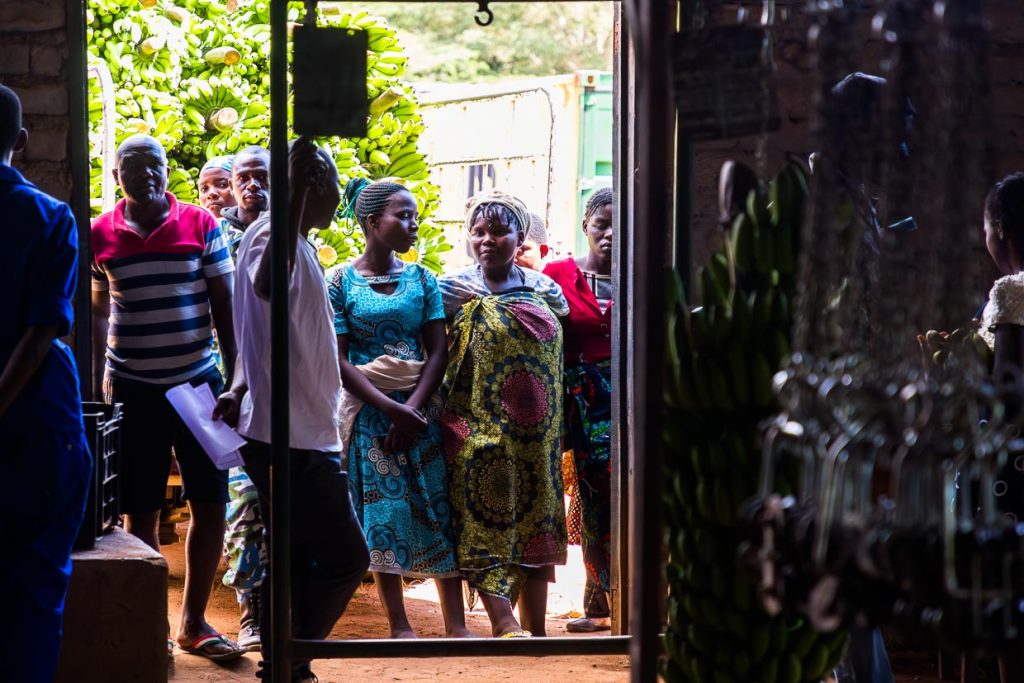
The farm also offers training for people who want to start their own banana farm, providing knowledge and experience in sustainable farming methods. In addition, visitors to Kumbali Estate can participate in banana tours, including weekly group tours and individual tours for lodge residents.
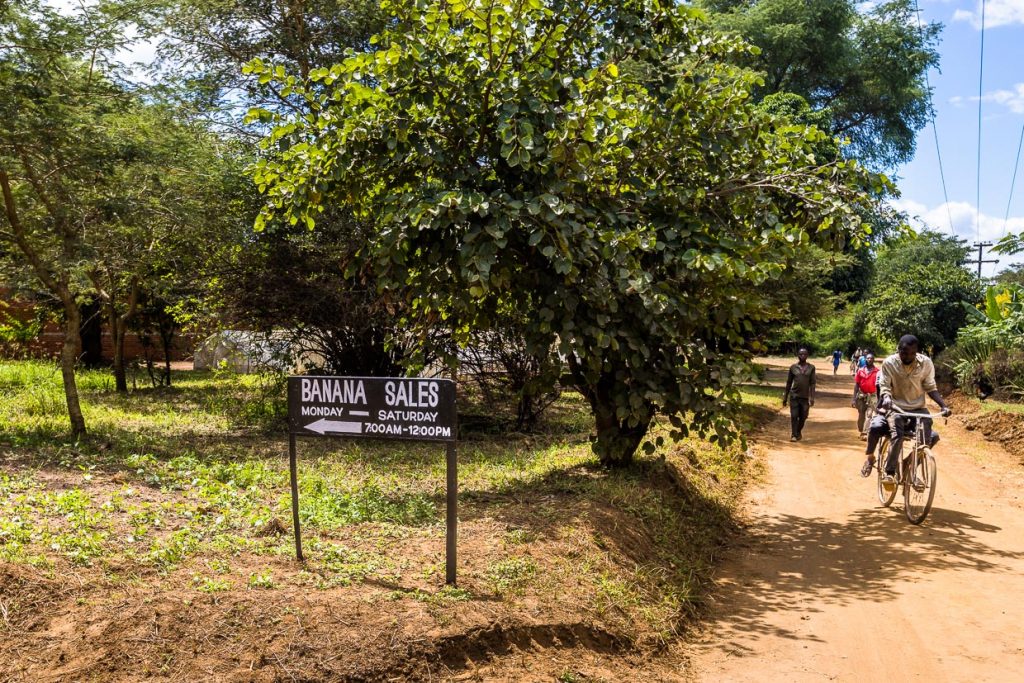
Bananas off the shelf
As early as 7 a.m., the first buyers line up at the distribution point for Nature’s Gift Bananas’ freshly harvested bananas. The local traders can buy the bananas directly from the pole, which means directly from the field in natural condition without further treatment. However, most buyers prefer bananas that have been cleaned of insects and briefly dipped in a chlorine bath for longer shelf life.
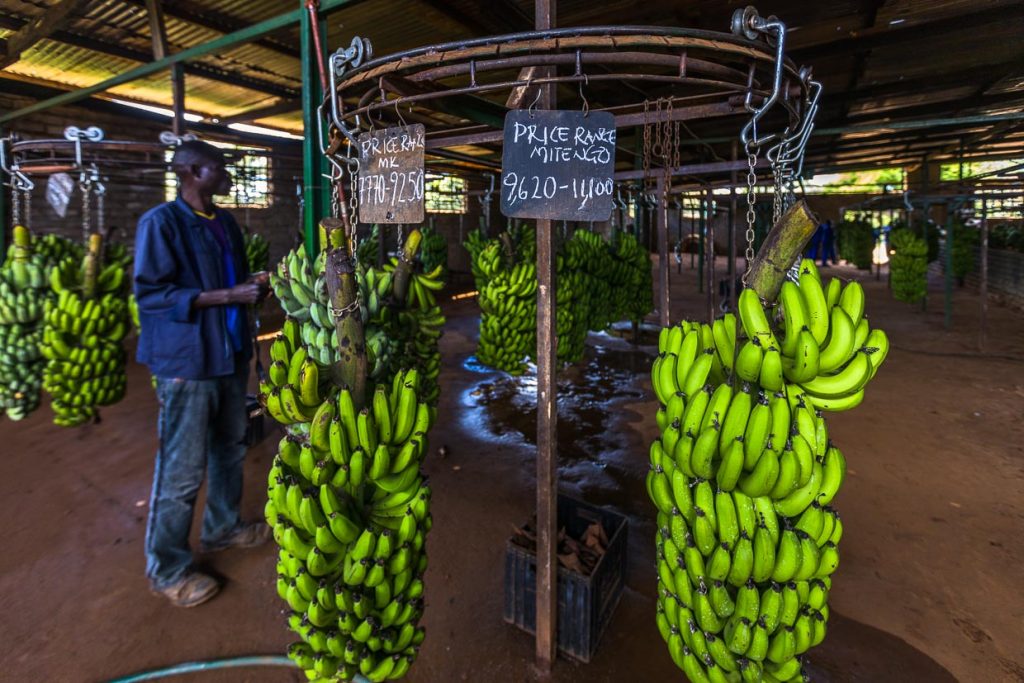
Banana tour
If you only know bananas from the supermarket, you should expand your knowledge about bananas wherever you have the opportunity. On a tour with Chisomo Shaya, for example, I learn that a banana takes 90 days from blossoming to harvest in summer and 120 days in winter. Above all, the reddish wrapper from which the small bananas with their withered blossoms peel into the daylight provides the answer to the popular children’s question as to why the banana is crooked. Bananas, by the way, are always harvested green. The whole bunch is knocked off the bush and allowed to ripen.
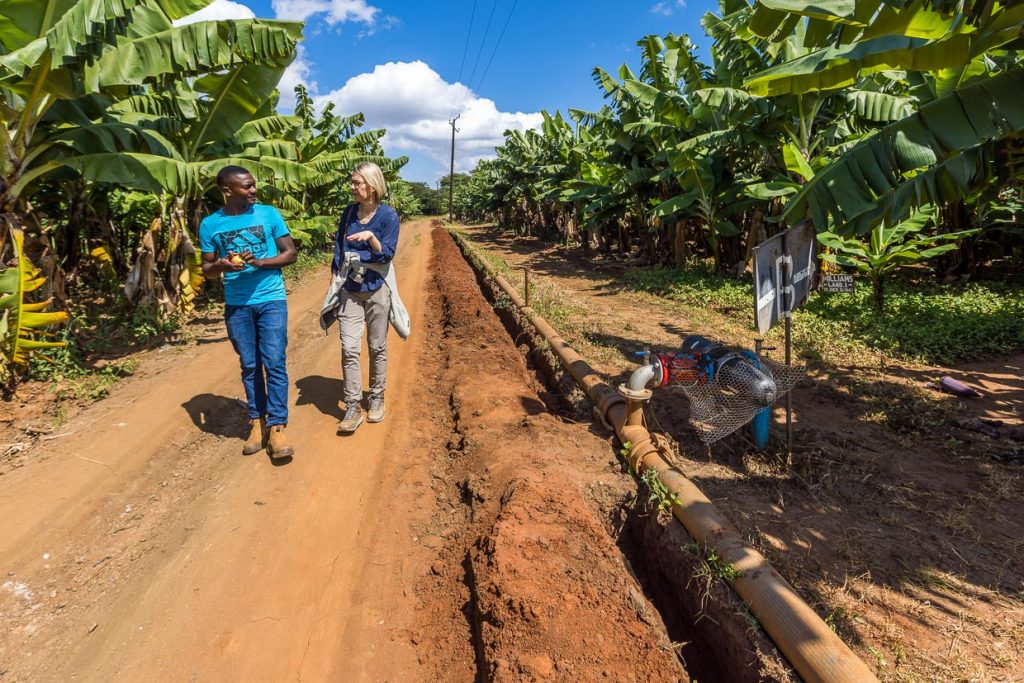
At Kumbali Estate, group tours or individual tours are offered every week. Grower Chisomo Shaya studied agriculture in Malawi and Israel and takes a sustainable approach to managing the plantation. Water is supplied to the banana trees via a water-saving drip irrigation system. Shoots that are not grown into new shrubs remain in the field as natural fertilizer. The plantation is developed using the company’s own seedlings and with meticulous sapling management, which involves destroying possible viruses and other pests by immersing them in boiling water. A tour of Nature’s Giift Bananas Farm naturally ends with a taste of ripe bananas. At Kumbali Estate, these are the two varieties Sweet William and Thai banana. Located between Lilongwe City and the airport, Kumbali Country Lodge , with its detached thatched suites and expansive garden, is a perfect place to stay after a long flight to arrive in the country.
Malawi as a travel destination
All reports about Malawi, which is also called the Warm Heart of Africa, can be found here. The landlocked country in Southeast Africa is still considered an insider tip for Africa travelers. In regional comparison Malawi is a safe and peaceful country. The country’s landscape is dominated by Lake Malawi, the tenth largest lake in the world. In the total of five national parks, successful wildlife management has been practiced for several years and biodiversity has increased enormously. Nevertheless, the population of Malawi suffers from poverty. A controlled growth of tourism creates income opportunities also in rural areas and improves the livelihood of families. More information about tourism in Malawi.
The research trip was supported in Malawi by the Ministry of Tourism

